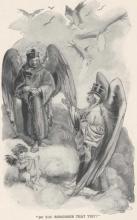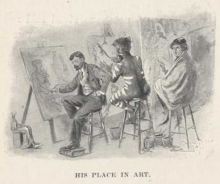Following the Equator - Chapter XXV

The identity of Mr.Blank, the influential Irishman of chapter 25, is a mystery. Miriam Shillingsburg published an article on him in the Mark Twain Journal in 1993. Ms.Shillingsburg theorizes that Mr. Blank is one of three possible candidates. None of them are Mr. Charles Casey of Pollerton Castle, Carlow, Ireland. It was with Mr. Casey that Sam Clemens had correspondence, May 15, 1876.:
“Of course I don't know what you hold, but I “call” you anyway! This being translated means: Tell me about this thing. Really & truly, now, is there a Twain Club?”


